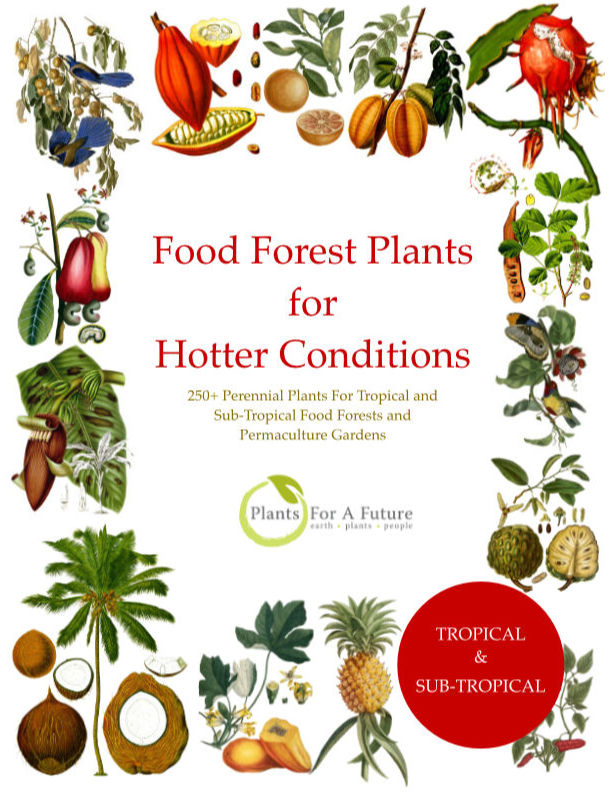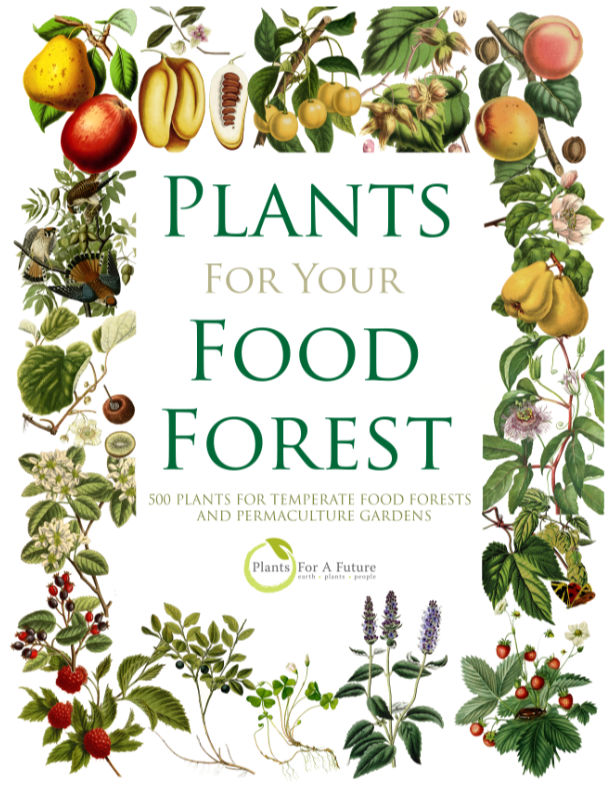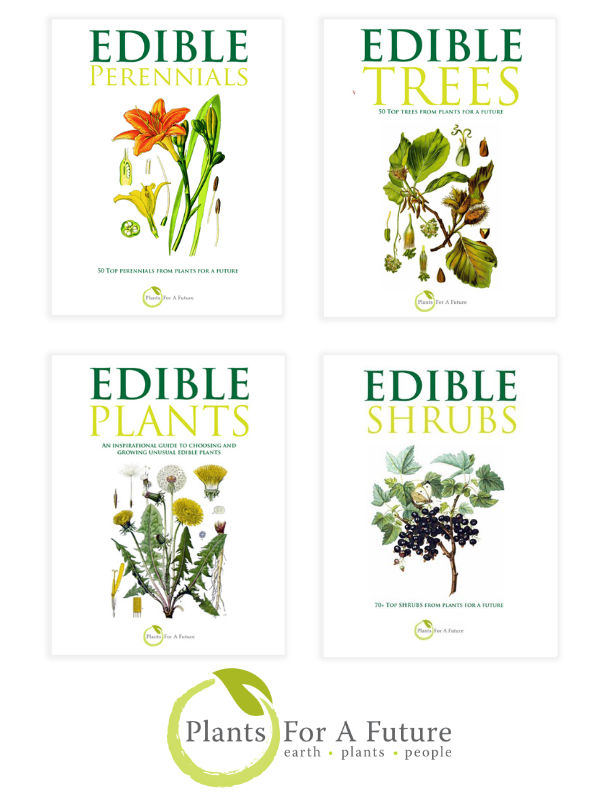Translate this page:
Summary
Physical Characteristics

 Silen is an evergreen Perennial growing to 0.1 m (0ft 4in) by 0.2 m (0ft 8in).
Silen is an evergreen Perennial growing to 0.1 m (0ft 4in) by 0.2 m (0ft 8in).
See above for USDA hardiness. It is hardy to UK zone 2 and is not frost tender. It is in leaf all year, in flower from July to August, and the seeds ripen from August to September. The species is hermaphrodite (has both male and female organs) and is pollinated by Lepidoptera (Moths & Butterflies), insects.
Suitable for: light (sandy) and medium (loamy) soils and prefers well-drained soil. Suitable pH: mildly acid, neutral and basic (mildly alkaline) soils. It cannot grow in the shade. It prefers moist soil.
UK Hardiness Map
US Hardiness Map
Synonyms
Plant Habitats
Edible Uses
Plant - cooked[61, 177]. Consumed as a vegetable in Iceland and in Arctic and Alpine regions[183]. The raw root skins have been used for food[257]. This report refers to the sub-species S. acaulis exscapa. (All.)DC.
References More on Edible Uses
Medicinal Uses
Plants For A Future can not take any responsibility for any adverse effects from the use of plants. Always seek advice from a professional before using a plant medicinally.
The plant has been used in the treatment of children with colic[257].
References More on Medicinal Uses
The Bookshop: Edible Plant Books
Our Latest books on Perennial Plants For Food Forests and Permaculture Gardens in paperback or digital formats.

Edible Tropical Plants
Food Forest Plants for Hotter Conditions: 250+ Plants For Tropical Food Forests & Permaculture Gardens.
More

Edible Temperate Plants
Plants for Your Food Forest: 500 Plants for Temperate Food Forests & Permaculture Gardens.
More

More Books
PFAF have eight books available in paperback and digital formats. Browse the shop for more information.
Shop Now
Other Uses
Plants form a rooting carpet and can be grown as a ground cover when planted about 25cm apart each way[208].
Special Uses
References More on Other Uses
Cultivation details
Easily grown in a light soil in full sun, doing best on a moraine[1]. Prefers a cool climate, plants can be difficult to bring into flower in the garden[188]. Polymorphic[1]. The sub-species S. acaulis saxatilis flowers more freely than the type[208].
References Carbon Farming Information and Carbon Sequestration Information
Temperature Converter
Type a value in the Celsius field to convert the value to Fahrenheit:
Fahrenheit:
The PFAF Bookshop
Plants For A Future have a number of books available in paperback and digital form. Book titles include Edible Plants, Edible Perennials, Edible Trees,Edible Shrubs, Woodland Gardening, and Temperate Food Forest Plants. Our new book is Food Forest Plants For Hotter Conditions (Tropical and Sub-Tropical).
Shop Now
Plant Propagation
Seed - sow early spring in a cold frame. When they are large enough to handle, prick the seedlings out into individual pots and grow them on in the greenhouse for their first winter. Plant them out into their permanent positions in late spring or early summer, after the last expected frosts. Division in spring.
Other Names
If available other names are mentioned here
Native Range
TEMPERATE ASIA: Russian Federation (Jamalo-Neneckij avtonomnyj okrug, Yakutia-Sakha), Russian Federation (Kamcatskij kraj, Cukotskij avtonomnyj okrug) NORTHERN AMERICA: Canada (Northwest Territories, Yukon, Québec, Nova Scotia, Ontario, Newfoundland and Labrador, Saskatchewan, Alberta, British Columbia), Greenland, United States (Alaska, Maine, New Hampshire, New York, Colorado, Idaho, Montana, Oregon, Washington, Wyoming, New Mexico, Arizona, Nevada, Utah) EUROPE: Finland (north), Faroe Islands, United Kingdom, Ireland (north), Iceland, Norway, Svalbard and Jan Mayen, Sweden (north), Austria, Switzerland, Germany (south), Poland (southwest), Slovakia (east), Russian Federation (Karelia, Neneckij avtonomnyj okrug, Murmansk), Bulgaria (west), Croatia, Italy, Montenegro, Romania, Slovenia, Spain (north), France (south)
Weed Potential
Right plant wrong place. We are currently updating this section.
Please note that a plant may be invasive in one area but may not in your area so it’s worth checking.
Conservation Status
IUCN Red List of Threatened Plants Status :

Growth: S = slow M = medium F = fast. Soil: L = light (sandy) M = medium H = heavy (clay). pH: A = acid N = neutral B = basic (alkaline). Shade: F = full shade S = semi-shade N = no shade. Moisture: D = dry M = Moist We = wet Wa = water.
Expert comment
Author
(L.)Jacq.
Botanical References
17
Links / References
For a list of references used on this page please go here
Readers comment
| Add a comment |
|
If you have important information about this plant that may help other users please add a comment or link below. Only comments or links that are felt to be directly relevant to a plant will be included. If you think a comment/link or information contained on this page is inaccurate or misleading we would welcome your feedback at [email protected]. If you have questions about a plant please use the Forum on this website as we do not have the resources to answer questions ourselves.
* Please note: the comments by website users are not necessarily those held by PFAF and may give misleading or inaccurate information.
To leave a comment please Register or login here All comments need to be approved so will not appear immediately.
|
|